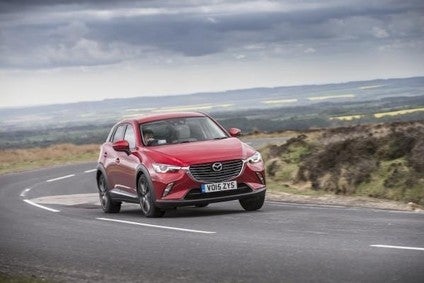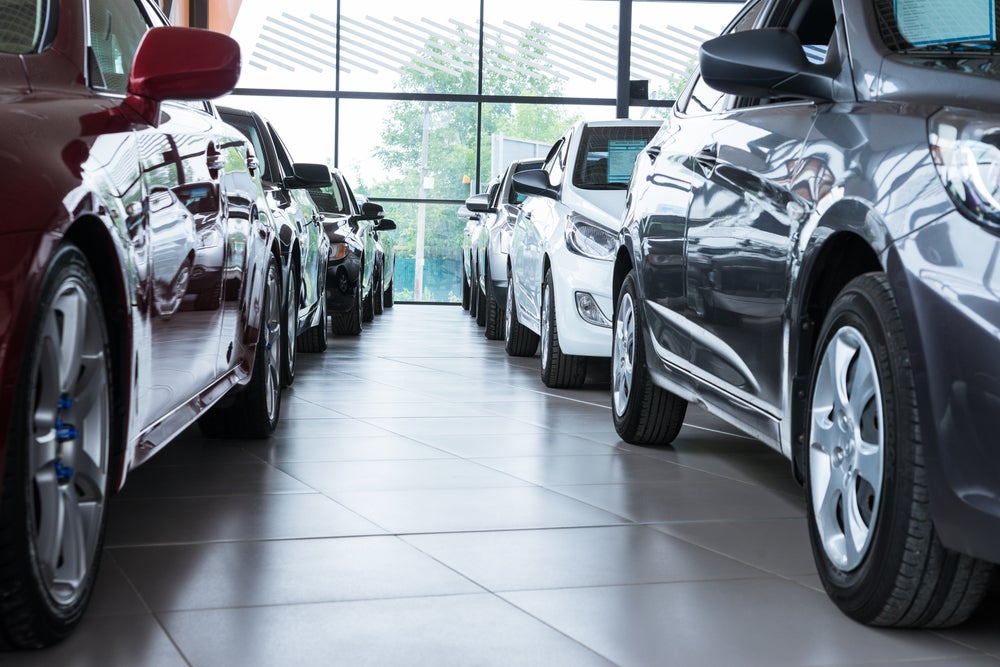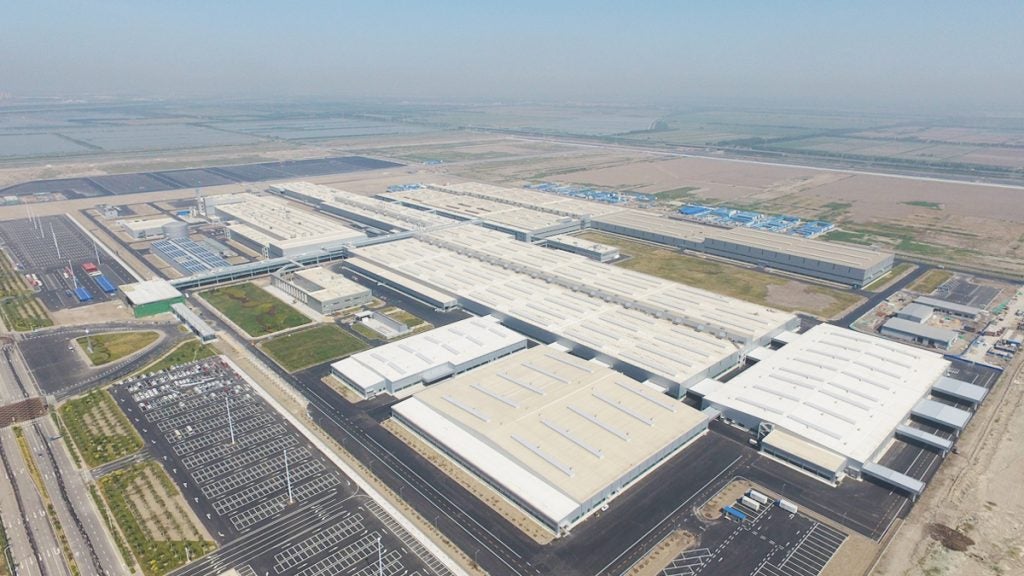
In what is one of its busiest ‘new product’ years, Mazda UK is hoping the resulting sales may tip it back over into 50,000 territory as the UK likely heads for another record year with 2.5m total industry sales possible.
To the end of May 2015, the UK passenger car market was up 5.6% but Mazda volume was up 16.7%; current projections have its full year sales on a tantalisingly close 49,795 after launching the redesigned 2, updates for the 6 and CX-5, CX-3 (opening up the brand to the fast growing B segment) and the summer debut of the redesigned MX-5 roadster. Fingers and toes are crossed down in Kent they’ll do even better and reach the magic 50K. As we were told earlier, 51,500 would be an all time record. From around 25,000 in 2012, having been pummeled by the credit crisis and the parts supply issues after the Japanese tsunami, sales have grown steadily – 34,640 in 2013, 40,022 last year.
Dealers
Helping things along the way is a dealer revamp with a new corporate identity. Mazda UK managing director Jeremy Thomson told just-auto models like the CX-5 were conquesting premium brand customers “so we have to up our game”. Dealers, who must shoulder much of the cost, were “supportive” with 20 made over so far and the rest due by the end of 2016. Thomson, ideally for a national sales company chief, is very dealer-centric and talks at length informally about the issues his retailers face and the initiatives some use to keep drawing happy customers back to the shop just to keep in touch; one has huge success with a Saturday morning free car wash and associated hospitality.
Heading into B-segment SUVs relatively late with the CX-3, Thomson acknowledges “lots of good competition” and his NSC cites the Fiat 500X, Ford EcoSport, Mini Countryman, Nissan Juke, Peugeot 2008, Renault Captur and Vauxhall Mokka as key competitors, particularly for fleet sales. Mazda notes that B-segment SUV buyers are very segment loyal but not brand loyal within the segment. Of buyers, only 9% are B-SUV owners having another one but 75% are moving out of B- or C-segment cars. Of GM Vauxhall Mokka buyers, 41% were previous Vauxhall owners but only 13% considered another Vauxhall when buying.
Range
How well do you really know your competitors?
Access the most comprehensive Company Profiles on the market, powered by GlobalData. Save hours of research. Gain competitive edge.

Thank you!
Your download email will arrive shortly
Not ready to buy yet? Download a free sample
We are confident about the unique quality of our Company Profiles. However, we want you to make the most beneficial decision for your business, so we offer a free sample that you can download by submitting the below form
By GlobalDataMazda’s offer stands out in the automaker’s usual way: a core line of three well equipped trim levels with two-litre petrol engines in two states of tune, a single 1.5 litre diesel, six-speed manual or conventional automatic transmissions (no twin clutch or CVT nonsense). Most are 2WD but there are three all wheel drive top liners. Prices range from GBP17,595 for a 120PS petrol 2WD SE to GBP24,695 for the 105PS diesel, auto, AWD Sport Nav. Niggle here would want the unavailable 4WD petrol auto (manual available) but I’m a minority of one in a market where, unlike me, most such buyers do enough miles a year for the diesel to make sense.
Of the competitors, I’ve spent time only with the Juke (rated ‘too small’ by The Family for sole familymobile but ideal if mum could drive and this was hers) and the CX-3 seems competitive on space for people and stuff and is arguably a lot more stylish with its so-called ‘Kodo Soul of Motion’ design language none too easy to transfer into a small SUV. While the opposition goes for mostly 1.6-litre petrol engines and the odd 1.4 turbo, Mazda’s gone for the ‘can’t beat cubic inches’ two litre petrol and both it and the 1.5 diesel have lots of meaty torque which goes well with the six speed manuals. Compared at mid-spec level, the CX-3 has lots of kit standard such as digital radio and Mazda also highlights smart city brakes, auto lights and wipers, lane departure warning and a few other gadgets.
CX-3 hits UK showrooms on Friday 19 June with an 18 model line that also includes the company’s Skyactiv ‘keep it simple but well integrated’ powertrain, body and platform technology and the choice is 11 petrol and seven diesel variants. Entry SE models have 16 inch alloy wheels, plus heated and power folding mirrors, SE-Ls add rear privacy glass and front LED fog lights while top Sport Nav is the first car in the class to come with LED headlights. It also has LED rear lights, 18-inch gunmetal machined alloy wheels and chrome accent door sills.
All have a seven inch colour touchscreen, DAB radio, Bluetooth and a multifunction steering wheel as standard while Sport Nav models include three years of free European map updates, Bose sound system, smart keyless entry and, in another claimed first for the sector, a head up display system. SE-Ls, for which navigation is optional, have heated front seats, automatic climate control and rain sensing wipers. Optional half stone leather, half black suede trim is optional for Sport Nav models.
Hill hold assist, tyre pressure monitoring and dynamic stability control are standard across the range, while SE-L and Sport Nav models have lane departure warning and smart city braking. All models get cruise control, while rear parking sensors are standard from SE-L and Sport Navs have a reversing camera.
A flexible cargo board boot floor (no spare wheel) and 60:40 split fold rear seats give some loadspace flexibility but the Sport Nav Bose subwoofer nixes the flex floor.
With either 120ps (2WD) or 150ps (AWD), the two-litre petrol engine is predicted to account for around 60% of UK sales. The new 1.5 litre diesel was launched in the redesigned 2 earlier this year.
All engines have Mazda’s own i-stop idle stop system developed entirely in house which uses combustion energy for restarting the engine, and only requires an electric starter motor to provide a small degree of momentum during the initial restart phase. It’s still the only combustion powered system on the market.
Around 15% of an estimated 5,500 UK sales in the first 12 months of the model’s life are expected to be to fleets, with conquest sales from company car drivers that previously chose superminis and lower medium sector models as well as employees continuing the trend for downsizing from the upper medium sector.
Diesel, two-wheel drive manual models are anticipated to dominate fleet sales with the SE-L Nav and Sport Nav expected to be the biggest sellers.







